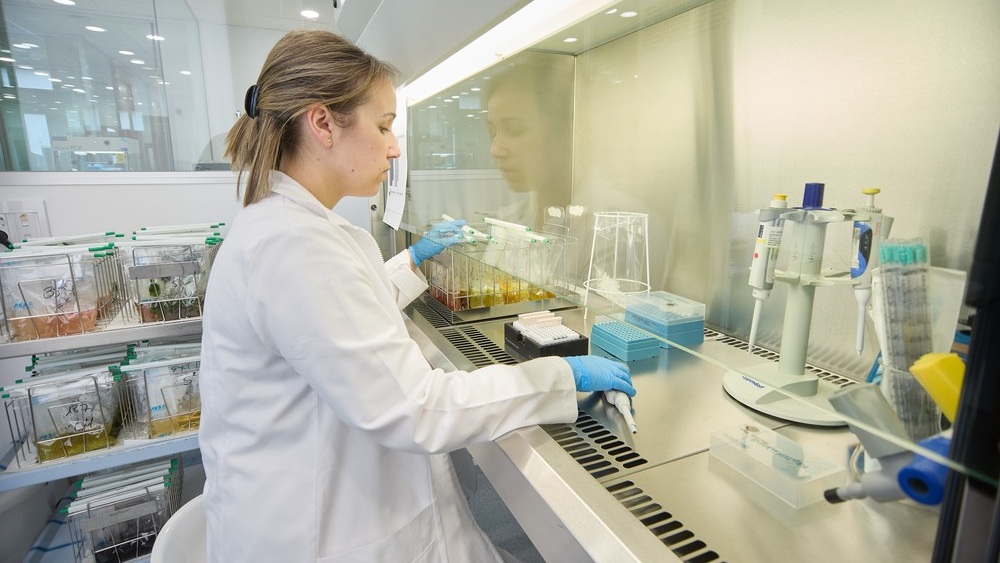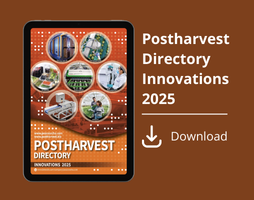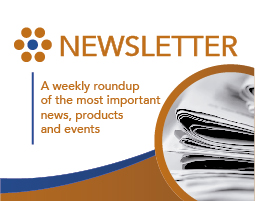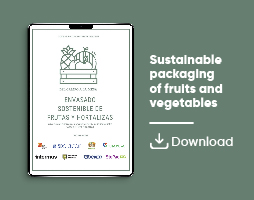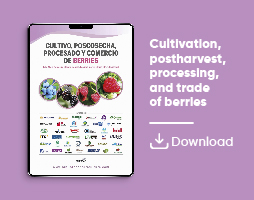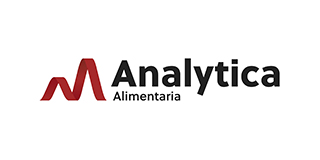

Analytica Alimentaria
Measurements
Key Strategies for Controlling Listeria monocytogenes in the Food Industry
The food industry faces the challenge of controlling pathogens like Listeria monocytogenes, whose control is crucial for ensuring food safety, protecting public health, and maintaining consumer trust, with environmental monitoring and advanced techniques such as PCR being essential for early detection
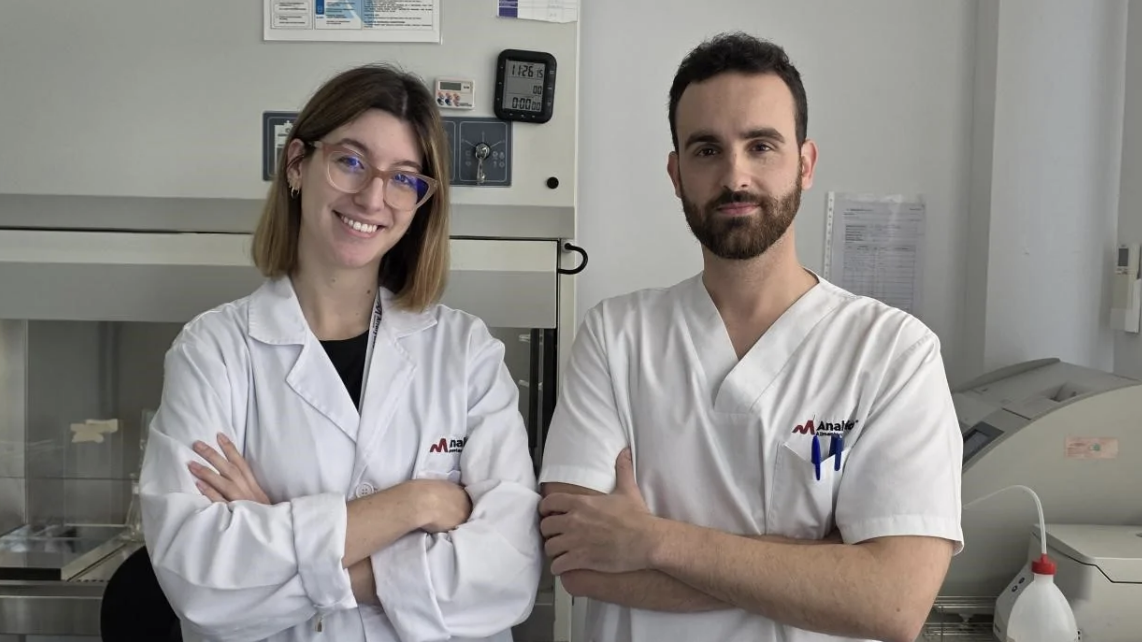
One of the main challenges facing the food industry is the control of pathogenic microorganisms that can affect the safety and quality of food, with serious implications for public health. Among these pathogens, Listeria monocytogenes stands out due to its ability to proliferate in refrigeration conditions and its persistence in the environment.
In this context, controlling the presence of Listeria monocytogenes in food production and distribution chains is not only an ethical responsibility but also a crucial step to ensure consumer health and maintain confidence in food products. Therefore, one of the key objectives of Analytica Alimentaria is the detection and control of this foodborne pathogen. This is achieved through microbiological analysis and the implementation of effective control measures, providing products that not only meet quality standards but also safeguard public health and strengthen consumer trust in the food industry.
Collaboration among authorities, the food industry, and control laboratories like Analytica Alimentaria is essential to uphold high safety standards and minimize the risks of contamination from pathogens like Listeria monocytogenes.
Listeria monocytogenes and Other Foodborne Pathogens
Pathogenic microorganisms are those capable of causing illness, with the consumption of contaminated food or feed being the primary route of transmission to humans and animals. Among the most prominent are bacteria such as Escherichia coli (Shiga toxin-producing, or STEC), Campylobacter, Salmonella, and Listeria monocytogenes, with the latter two being particularly significant due to their impact on public health.
These bacteria can enter food processing facilities through various points of contact, including dirt on the shoes and clothing of personnel, transportation, contaminated animals, and raw vegetables, among others. In fact, one of the greatest risks of contamination arises from personnel (1), as they can transfer bacteria from outside the plant to the production area, even in the absence of visible signs of contamination.
Listeria monocytogenes is a ubiquitous bacterium with unique characteristics that enable it to tolerate saline and acidic environments, and even multiply at low temperatures (between 2°C and 4°C). As a facultative aerobe, it can grow in environments with oxygen, even in low concentrations. This ability allows it to remain viable in foods stored at low temperatures (such as refrigerated fruits and vegetables) and makes it particularly persistent in industrial environments due to its tendency to form biofilms, which protect it.
This bacterium is responsible for listeriosis, a disease of particular concern in individuals with weakened immune systems, pregnant women, newborns, and the elderly. Symptoms can range from mild, flu-like manifestations to more severe infections, such as miscarriages, fetal malformations, meningitis, or sepsis. The resistance and persistence of this bacterium make its elimination challenging, which, combined with its high mortality rates, necessitates operators to establish a control plan that guarantees food safety (2).
Legal Framework
Regulation (EC) No. 2073/2005 (3) on microbiological criteria for foodstuffs establishes microbiological criteria for ready-to-eat foods (RTE), which are foods consumed without the need for cooking or other forms of transformation.
This regulation stipulates that to prevent contamination of food with Listeria monocytogenes, it is essential to follow good hygiene practices and ensure effective temperature control throughout the food production chain, including distribution and storage. Controlling contamination by Listeria monocytogenes, as well as its growth in the product until the end of its shelf life, is critical.
On November 11, 2024, Regulation (EU) 2024/2895 (4) was published in the Official Journal, amending Regulation (EC) No. 2073/2005 concerning the allowed levels of Listeria monocytogenes. This regulation strengthens control measures for Listeria monocytogenes in RTE foods, particularly those that may allow its growth during the product's shelf life. The aim is to reduce the risk of listeriosis, especially in vulnerable consumers. It establishes that RTE foods that could allow the growth of Listeria must not contain detectable levels of the bacterium in a 25-gram sample, unless it is demonstrated to the competent authority that the level of Listeria monocytogenes will not exceed the 100 CFU limit throughout its shelf life.
Analysis at Analytica Alimentaria
At Analytica Alimentaria, we offer an effective solution for detecting Listeria monocytogenes. Our detection method is based on a highly sensitive technique, such as real-time PCR, which allows us to rule out the presence of this microorganism in less than 24 hours, much faster than traditional microbiological methods.
The PCR (Polymerase Chain Reaction) technique has become a key tool in detecting Listeria monocytogenes due to its numerous advantages:
-
High sensitivity and specificity: PCR can detect even the smallest amounts of Listeria monocytogenes DNA in a sample, even when the number of bacteria present is very low.
-
Speed: Results are obtained in just a few hours, enabling quick and efficient corrective actions when the bacterium is detected.
-
Versatility: PCR can be applied to a wide range of food matrices and environmental samples, making it an extremely versatile tool for quality control in the food industry.
Thanks to the capabilities of PCR, we can act swiftly when foodborne outbreaks occur, preventing severe public health consequences and preserving the reputation of food companies.
Prevention of Contamination
For RTE food processors, contamination by Listeria monocytogenes from the environment is a foreseeable and probable hazard. By controlling hygiene procedures within the facility and preventing the multiplication of Listeria monocytogenes in these environments, it is possible to minimize and, in some cases, prevent the risk of product contamination.
Implementing an environmental monitoring plan is an effective and cost-efficient strategy for maintaining continuous control of the environment. This plan provides data that can identify trends, potentially signaling a loss of control.




